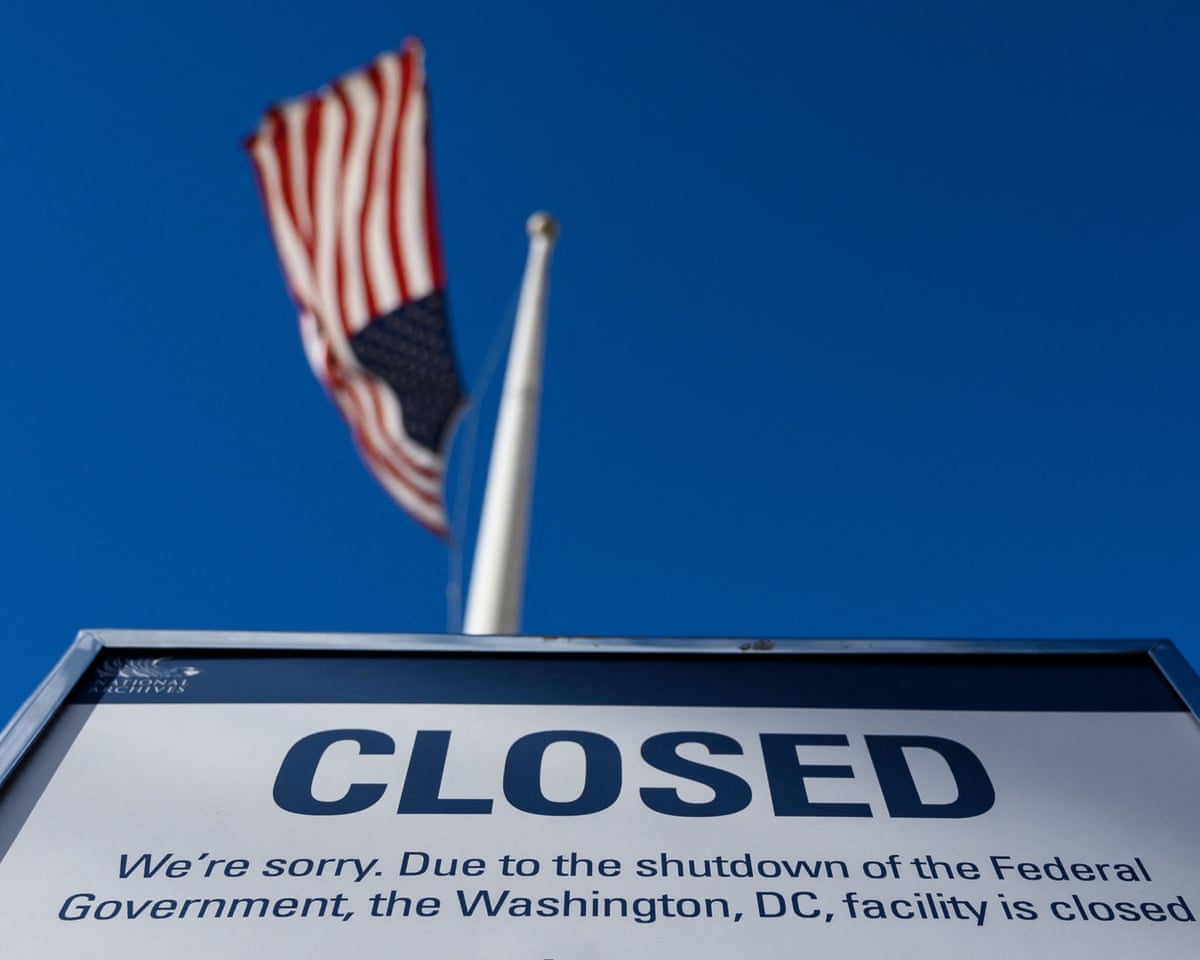
Virginia’s Must-Have Redistricting Plan for Democrats
As the political landscape continues to evolve, redistricting has emerged as a crucial element influencing electoral outcomes across the United States. Recent actions from Republican-led states like Texas, North Carolina, and Missouri in implementing new electoral maps have energized Democrats in multiple states, including California, Illinois, and notably, Virginia. For Democrats in Virginia, the necessity for an effective redistricting plan has never been more pronounced. With the stakes higher than ever, a well-crafted approach can significantly impact their political future.
Understanding Redistricting: A Political Imperative for Virginia
Redistricting is the process of redrawing the boundaries of electoral districts, typically occurring every ten years following the census. This cycle gives political parties the opportunity to shape electoral outcomes to their advantage. In Virginia, where demographics are rapidly shifting and political affiliations are in flux, an astute redistricting plan is essential for Democrats hoping to maintain their influence amidst changing tides.
The implications of redistricting are vast. Strategically drawn district lines can consolidate or disperse voting populations, often benefiting one party over another. Donna Hargrove, a local political analyst, highlights that “the upcoming redistricting cycle represents a pivotal moment for Democrats in Virginia. If done thoughtfully, it can safeguard their seats in the House of Delegates and the Senate.”
Current Landscape: Democratic Challenges and Opportunities
Virginia’s political climate has shifted significantly in recent years. The state has seen an influx of younger voters and a growing population in urban areas, which tend to lean Democratic. Conversely, rural regions remain predominantly conservative, compounding the challenge for Democrats. This underscores the urgency of redistricting and the need for a well-thought-out plan.
However, even as Democrats work to shape these maps, they face considerable hurdles. The Republican Party, having successfully redrawn district lines in other states, has proven the effectiveness of targeted political strategies. To counteract this, Virginia’s Democrats must mobilize resources, mobilize their voter bases, and collaborate on a plan that reflects the growing diversity and preferences of the state’s population.
The Redistricting Plan: Key Components for Success
In crafting a redistricting plan, several components must be prioritized to ensure success:
1. Engaging Local Communities
A transparent approach that includes community input is vital. By actively engaging constituents, Democrats can build support while ensuring that redistricting reflects the desires and needs of local populations. Town hall meetings, workshops, and forums can help demystify the redistricting process and foster a sense of ownership among community members.
2. Data-Driven Strategies
Utilizing data analytics is crucial in developing effective electoral maps. The collection of statistical data, such as voting patterns and demographic trends, provides invaluable insights that will help shape districts effectively. Attention must be paid to keeping districts contiguous and representative, complying with legal requirements while also adhering to fairness and equity.
3. Collaborative Leadership
Unity and collaboration among Democratic leaders can significantly enhance the redistricting process. Various stakeholders must come together—elected officials, party leaders, and local grassroots organizations—to develop a cohesive strategy. Unified messaging amplifies their efforts and conveys a commitment to fair representation.
4. Legal Preparedness
As redistricting progresses, Democrats must also prepare for the legal challenges that may arise. Previous redistricting efforts in other states have led to court battles over the legitimacy of the drawn maps. By consulting with legal experts and being proactive about potential disputes, Virginia’s Democrats can safeguard their redistricting plan against potential challenges.
Conclusion: The Path Ahead for Virginia’s Democrats
Virginia’s must-have redistricting plan holds immense significance for the Democratic Party as it prepares for upcoming electoral cycles. A well-structured strategy that incorporates community engagement, data-driven analysis, collaborative leadership, and legal diligence can empower Democrats to preserve and even expand their influence across the state.
In a time of heightened political polarization, the ability to navigate the complexities of redistricting will not only determine party dynamics but could also pave the way for progressive policies that resonate with Virginia’s diverse electorate. As Democrats forge ahead, the call to action is clear: they must harness the power of redistricting to shape a future that reflects the progressive values of all Virginians.









